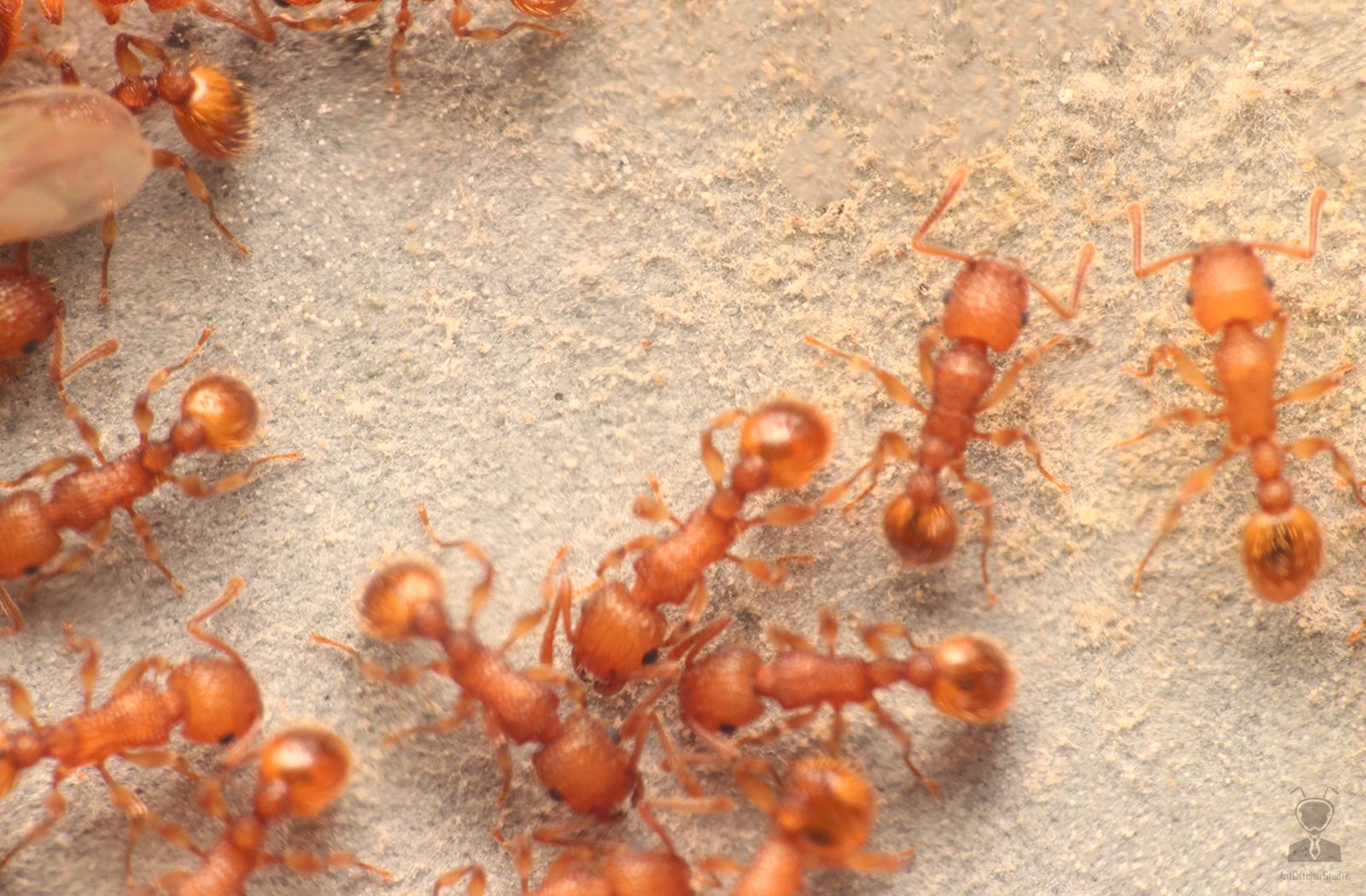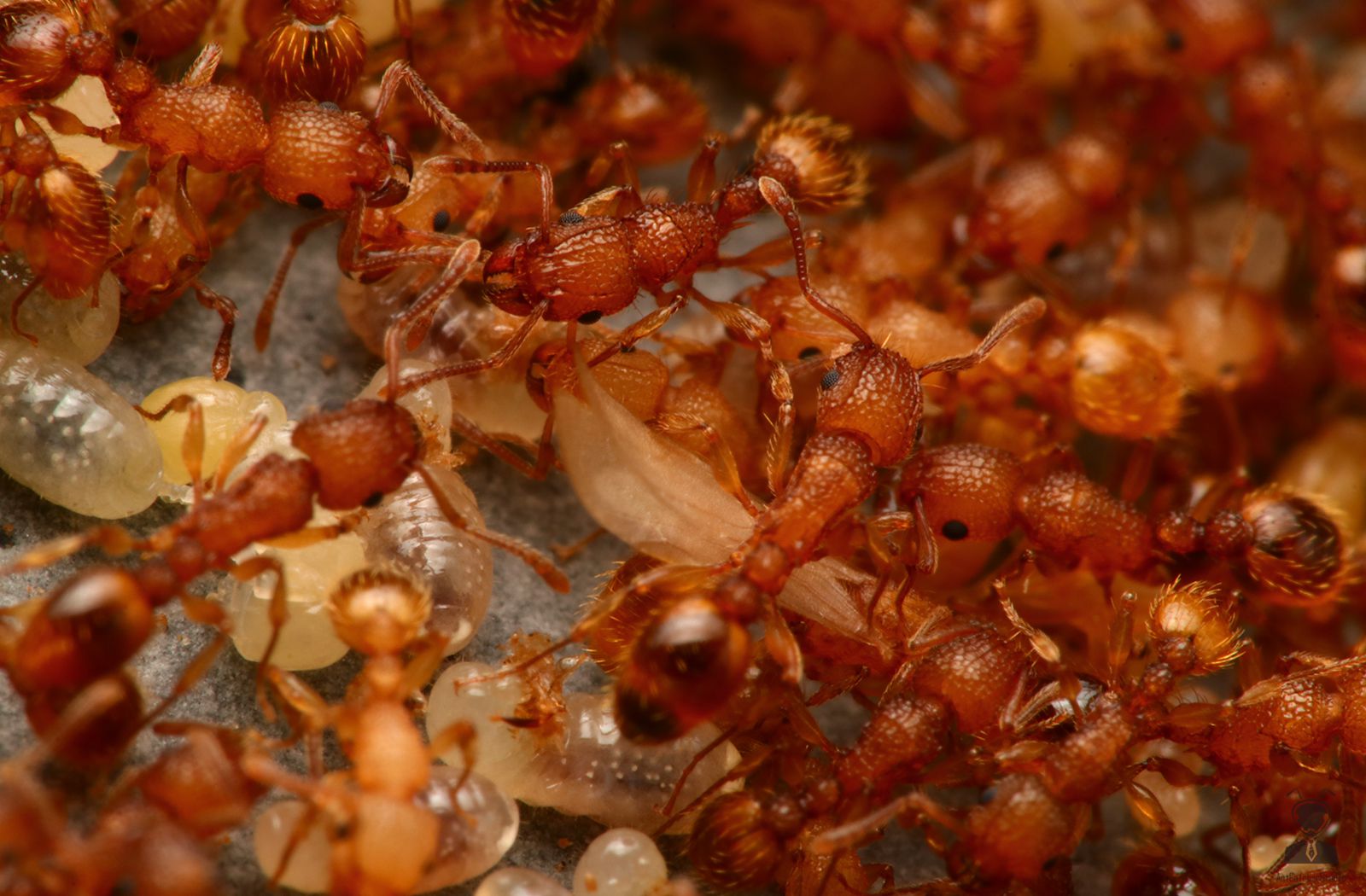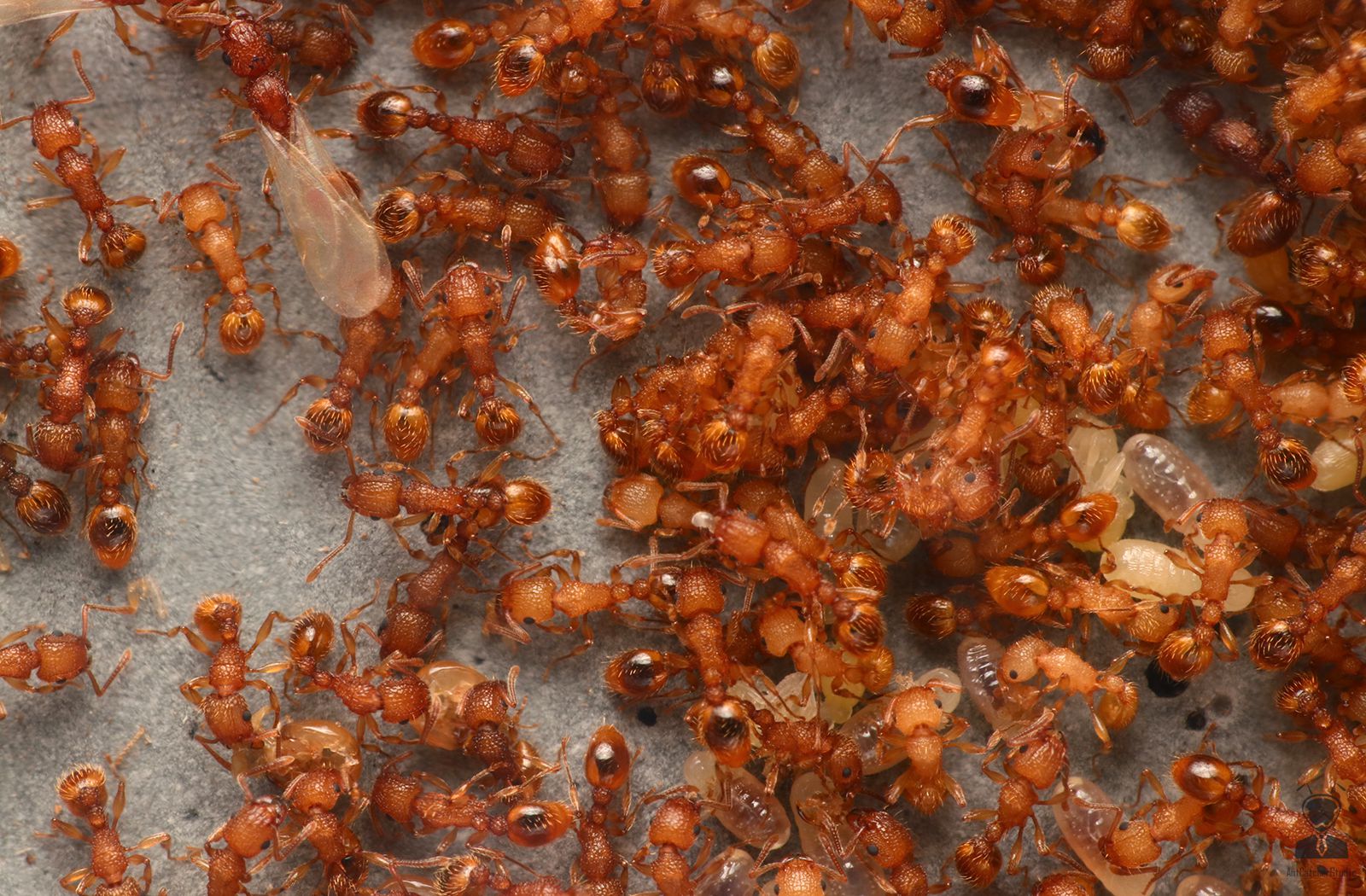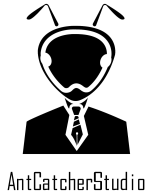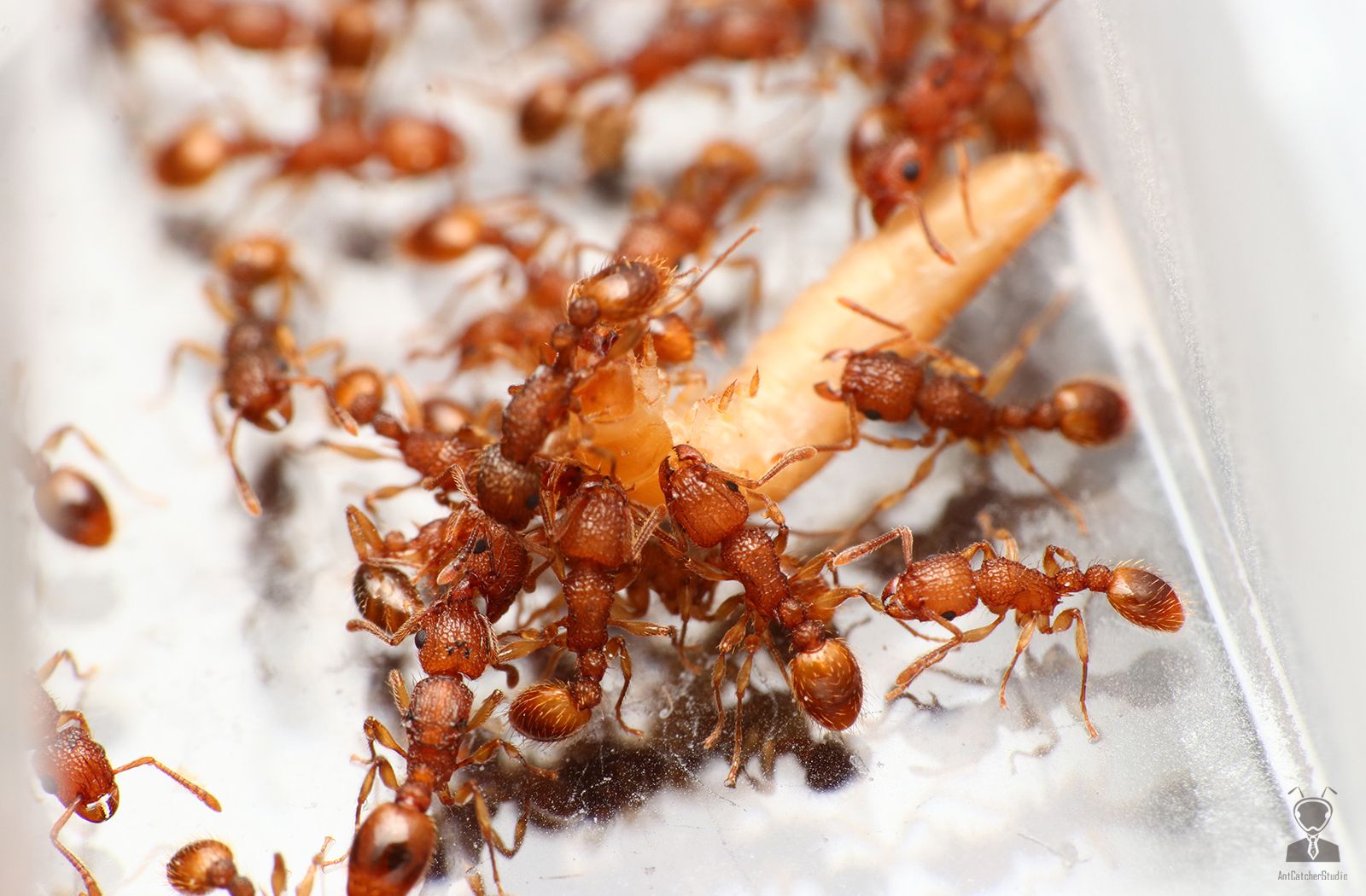
| 日本皺家蟻 學名:Tetramorium nipponense |
|||
|---|---|---|---|
|
工蟻體色為紅褐色,蟻后外型與工蟻相似,唯獨蟻后體型稍大,且具翅基,沒有兵蟻/大型工蟻階級,體表具濃密體毛。 日本皺家蟻為多蟻后型的螞蟻,成熟群落由數十隻蟻后及數百隻的職蟻組成。絨毛皺家蟻屬雜食性的螞蟻,會充分利用環境中可利用的資源,偏好油脂及蛋白質含量高的食物。在全台都有分布,築巢於堅硬的石縫、土表中,適應力強,郊區、山區皆可見到其蹤跡,喜好較潮溼的環境,無明顯覓食週期,數量分布較廣泛。 飼養非常容易,以飼料為主食,亦可使用糖水、蟑螂、蛋黃作為食物,使用石膏蟻巢飼養。居住蟻巢須維持濕度較高環境,並給予水塔。族群成長快速、食量大,需頻繁餵食才能維持族群的持續擴張。 |
|||
| 飼養資訊 | |||
| 飼養容易度 | 偏易 | ||
| 溫濕度控制 | 不超過32度,須提供較潮濕環境 | ||
| 生產速度 | 快速 | 個性 | 積極獵食 |
| 生物學資訊 | |||
| 制度 | 多后制 | 食性 | 雜食性 |
| 巢型 | 特有種 | 否 | |
| 體長 | 蟻后 | 約3.8~4.3 | |
| 兵蟻 | 無兵蟻階級 | ||
| 工蟻 | 約3~3.5mm | ||
日本皺家蟻,蟻后(中)、工蟻(中左)
與雙脊皺家蟻相比,日本皺家蟻體型明顯較小、體色較淡。有趣的是,日本皺家蟻工蟻體色深淺不一,可能與壽命有關。
可以明顯看到,與新生工蟻相比,年老的工蟻體色非常深( 年輕人右上 | 老工蟻 中左 )
日本皺家蟻,繁殖蟻(雄蟻,中左)
